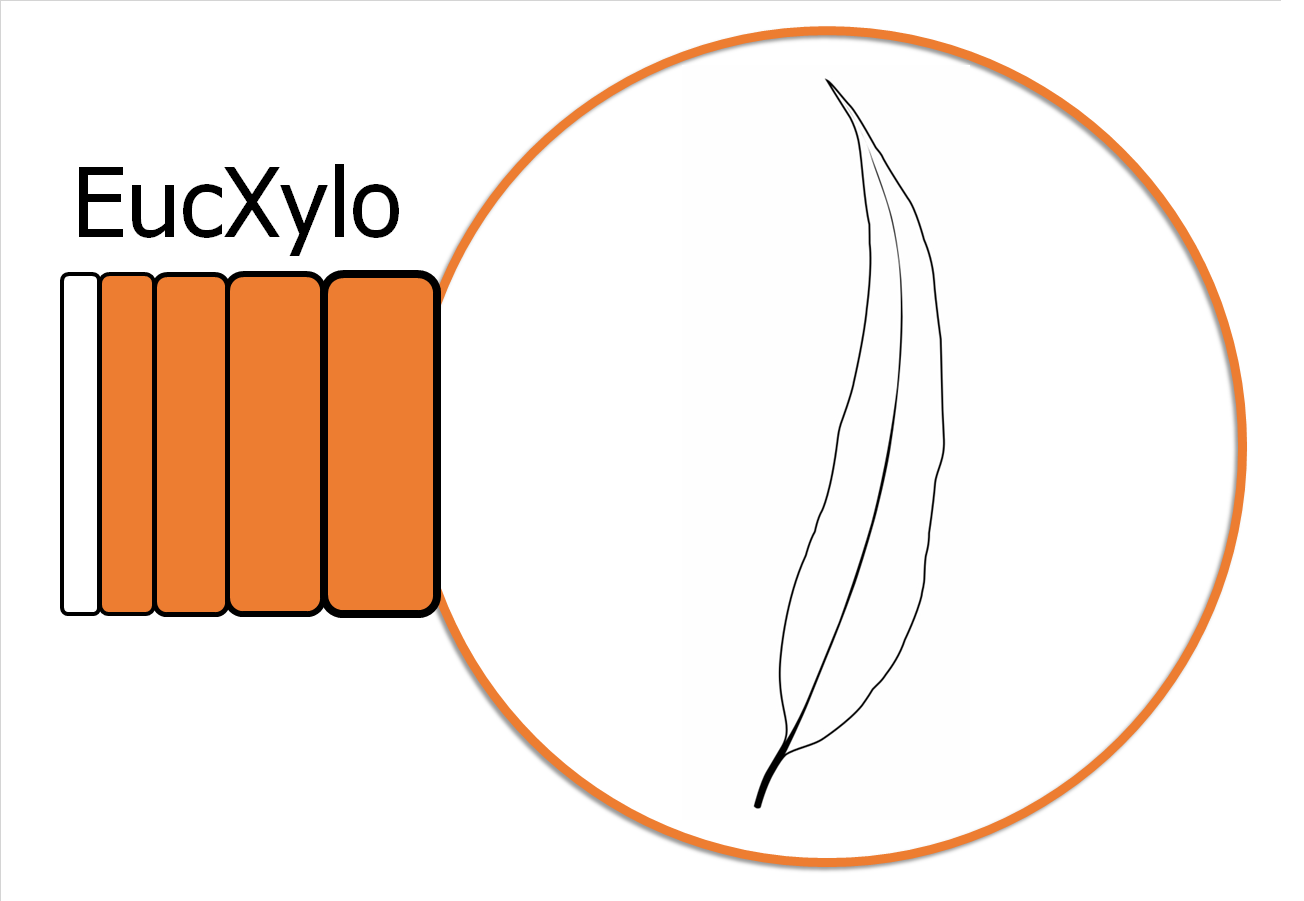
The Hans Merensky Chair in Advanced Modelling of Eucalypt Wood Formation
Understanding xylogenesis in the world's most widely planted hardwood species
[:en]Attending the second Q-NET workshop[:]
[:en]
Post authored by Ph.D. candidate Gugu Gama
EucXylo members recently attended the second virtual workshop hosted by Q-NET – a network aimed at providing better understanding of Quantitative Wood Anatomy (QWA). The workshop engaged on study design & field work, anatomical sample preparation, measuring techniques, data analysis, and xylogenesis. It included over 250 participants from several countries and EucXylo was the main group from Africa.

The Q-NET workshop further provided an opportunity for researchers and scholars to learn how to select their research data, sample size, study design and different parameters in relation to their research question. Consequently, highlighting that research question influences methodology.

Members of EucXylo were able to get a better understanding of anatomical data and its relation wood formation focusing on factors such as critical dates of xylogenesis, activity and dormancy of the cambium, and tree ring formation. Such factors may be found different in Temperate and Mediterranean areas. The workshop highlighted a need for future workshop topics on quantitative wood anatomy and xylogenesis in non-temperate species and conditions, e.g., Mediterranean.

EucXylo members were also able to learn of alternative Paraffin Embedding Techniques, 3D analysis, Deep Learning, Confocal Laser Scanning Microscopy as an alternative to thin sectioning and Time Series Techniques.
Congratulations again to Dr Georg von Arx and the other members of the Q-NET Coordination Team for a well-organized and entertaining second event, and for developing such a valuable community platform!
[:]